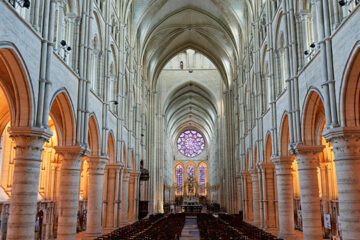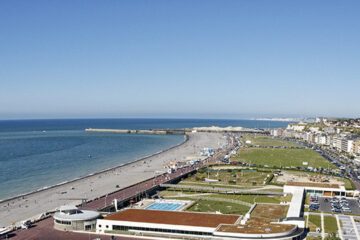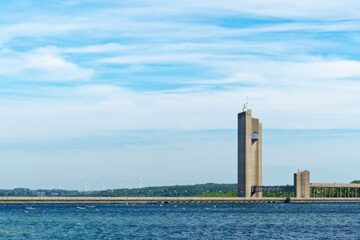Sommaire
Totally corrected, or not, remains the choice of the author of the picture.
Totally correcting the perspective is sometimes necessary: descriptive or architectural photo, panoramic preparation, etc …
For the other cases,the intended use of the image needs to be considered, the output format, and of course personal taste!
Plan for perspective correction at the time of the shoot
It is important to foresee corrections at the time of shooting, taking into account the loss of information on the edges.
Points to be respected:
* The virtual lines “framing the subject” (in red on the illustration) at each side must imperatively be contained in the “lower limit of the frame “. In other words, keep a margin (in orange) with the edges of the image. Thus, all horizontal lines will cross within the corrected image frame.
* Do not adjust the subject to the edges of the image. Provide a margin adapted to the subject and its environment
* Adjust horizontality as good as you can, for example by ensuring that a vertical element of the subject in the center of the frame is vertical in the viewfinder
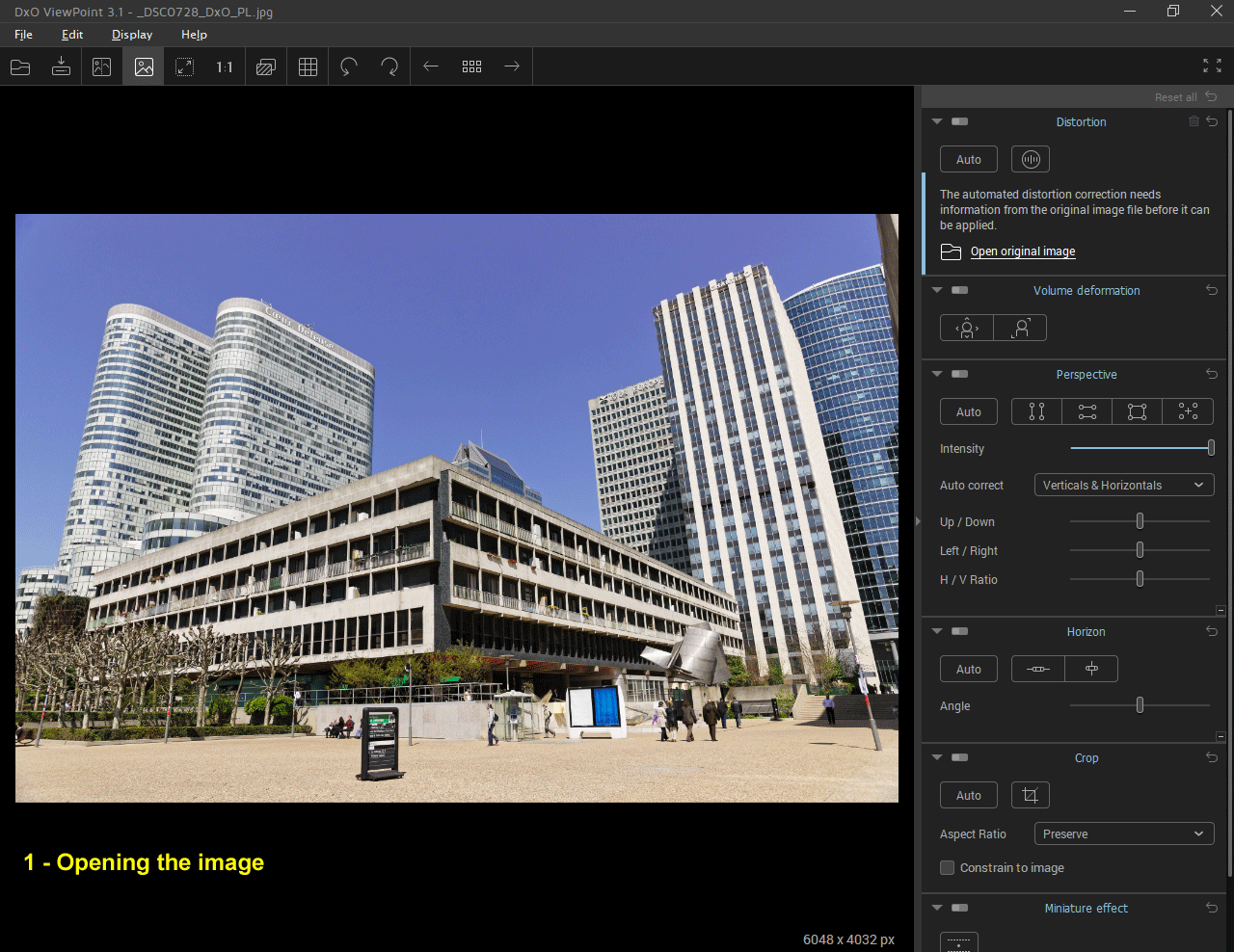
Watch the particularities of the building
When shooting historical monuments, it is important to identify all severe defects of verticality and misalignments that may exist.
Another frequent trap: buttresses and flying buttresses are usually of variable section depending on their height, and thus not vertical.
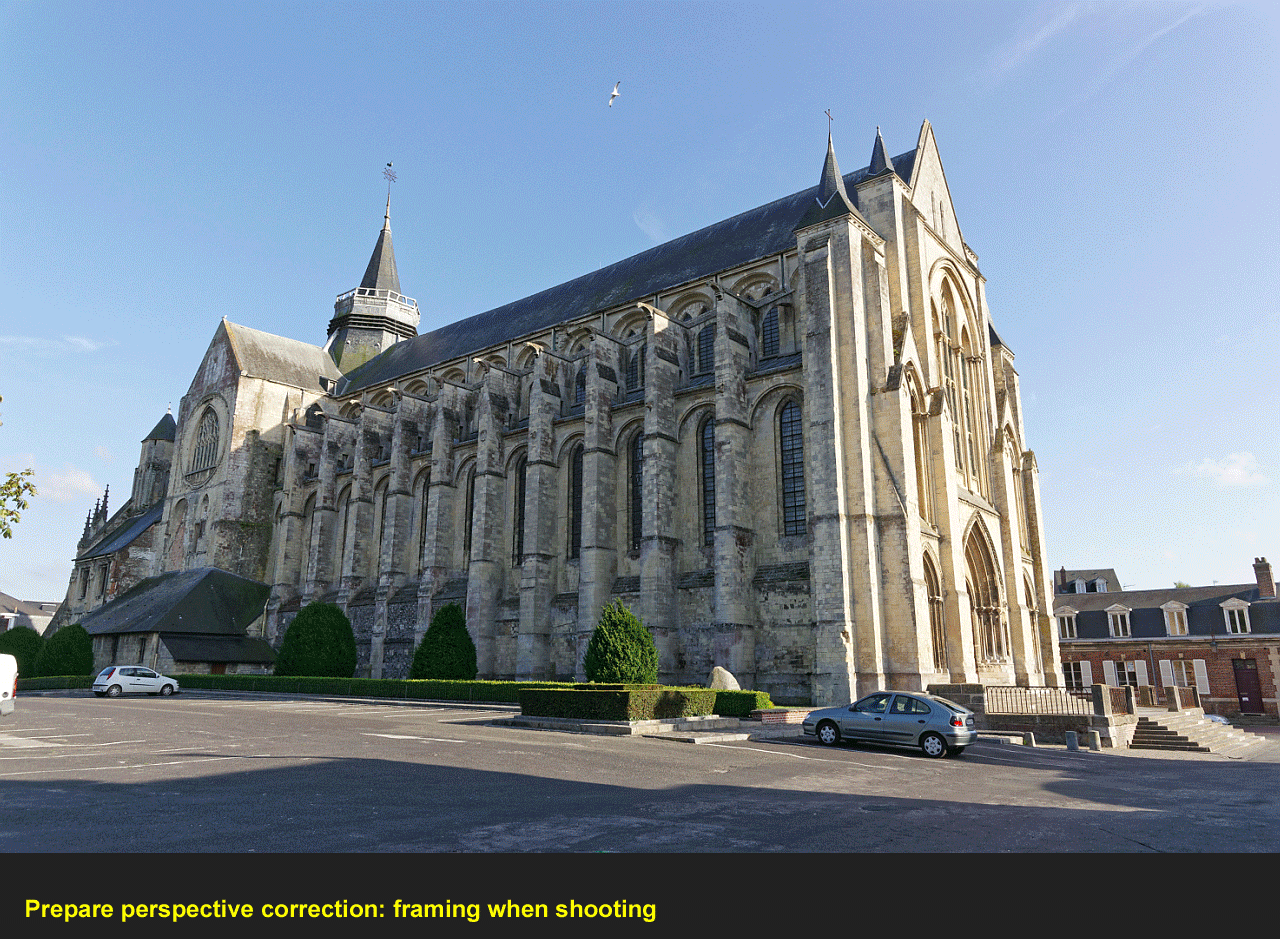
TuToDxO.com – All rights reserved – tous droits réservés.
